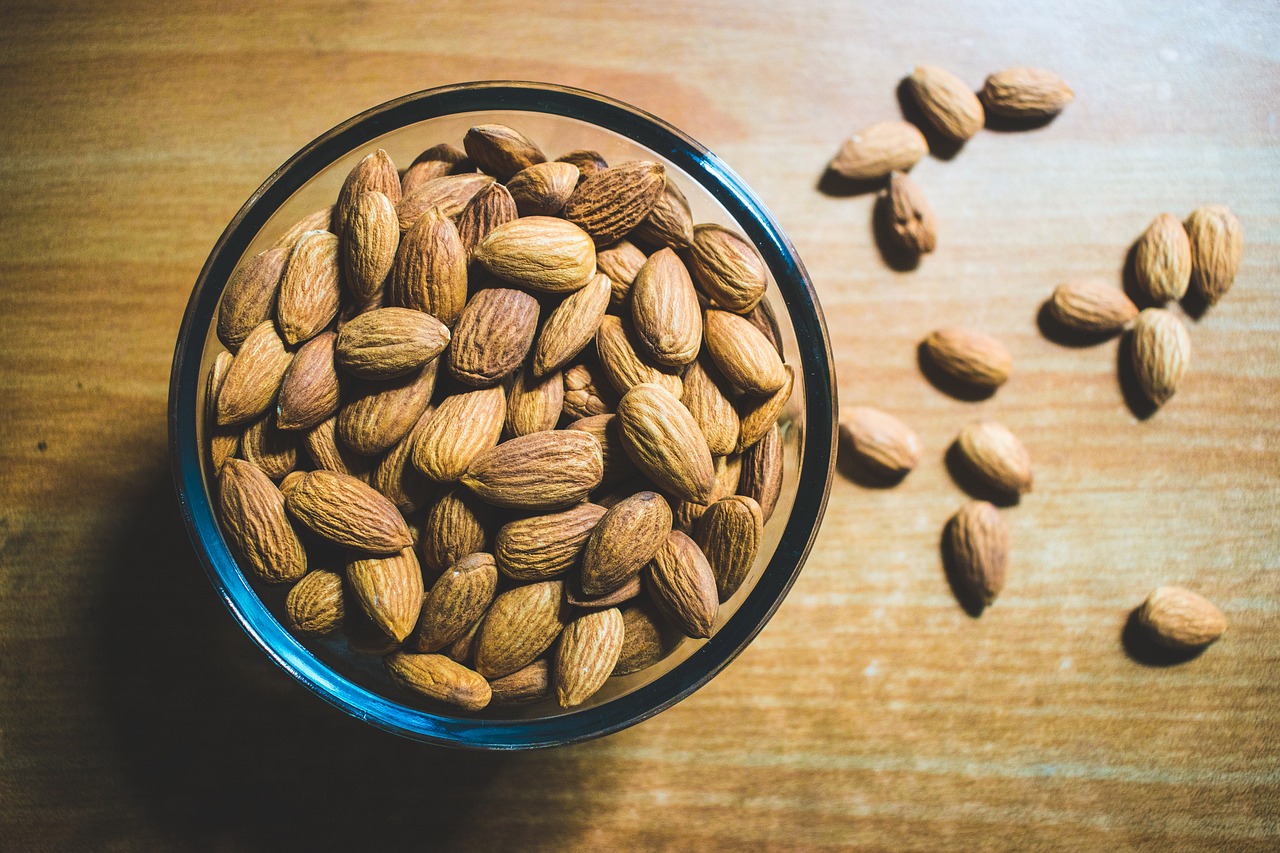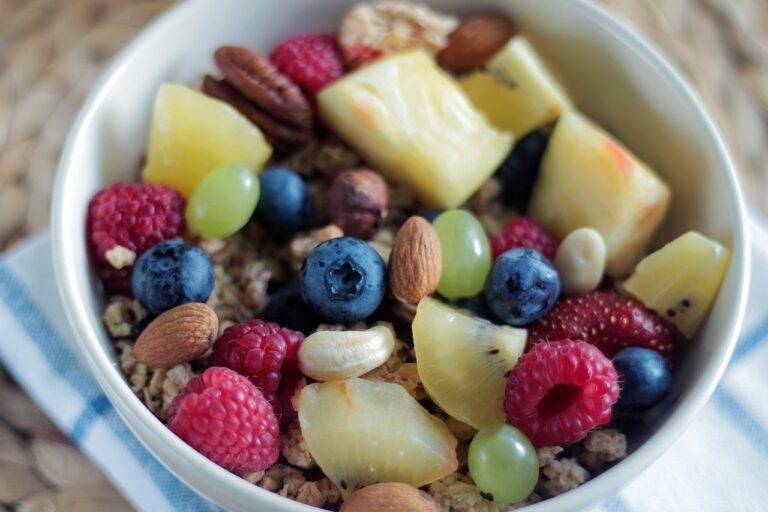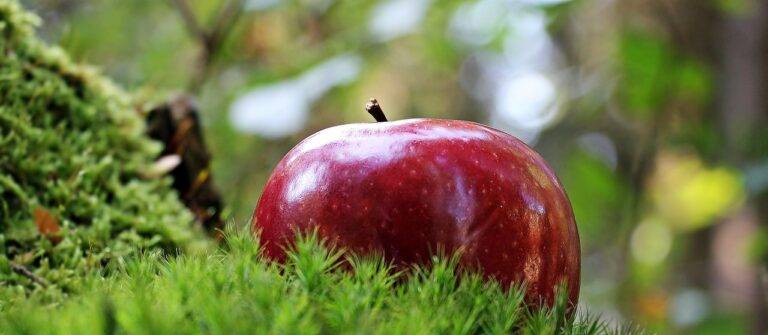The Science of Food Packaging: Innovations for Fresher, Longer-Lasting Food
Food packaging materials play a crucial role in preserving the quality and safety of food products. One common material used is plastic, known for its versatility and cost-effectiveness. Plastic packaging provides a barrier against external contaminants while also being lightweight and easily customizable to various shapes and sizes.
Another widely employed material in food packaging is paper and paperboard. These materials are biodegradable and eco-friendly, making them a popular choice for sustainable packaging solutions. Paper packaging is often used for dry goods and takeaway containers, providing a reliable option that is easily recyclable.
Barrier Technologies: How barrier technologies are used to extend the shelf life of food products
Barrier technologies are essential in extending the shelf life of various food products. These technologies act as protective barriers, preventing oxygen, moisture, light, and other external factors from degrading the quality of the food. By creating a barrier between the food product and the surrounding environment, barrier technologies help maintain freshness and prevent spoilage.
One commonly used barrier technology is packaging films with high oxygen and moisture barrier properties. These films are designed to limit the transfer of oxygen and moisture into the packaged food, thus preserving its flavor and quality for a longer period. Additionally, barrier technologies such as vacuum packaging and modified atmosphere packaging help to create an oxygen-free or controlled atmosphere around the food product, further slowing down the deterioration process.
What are barrier technologies in food packaging?
Barrier technologies are materials or coatings used in food packaging to prevent the passage of oxygen, moisture, light, and other gases that can degrade the quality of the food product.
How do barrier technologies help extend the shelf life of food products?
Barrier technologies create a protective barrier around the food product, preventing the entry of harmful elements like oxygen and moisture that can cause spoilage. By keeping the food product fresh for longer, the shelf life is extended.
What are some common types of barrier technologies used in food packaging?
Some common types of barrier technologies used in food packaging include oxygen barriers, moisture barriers, light barriers, and aroma barriers. These technologies are integrated into the packaging material to provide optimal protection for the food product.
Are barrier technologies safe for food packaging?
Yes, barrier technologies used in food packaging are safe for consumer use. These technologies are rigorously tested to ensure they do not leach harmful chemicals into the food product and comply with food safety regulations.
Can barrier technologies be recycled?
Some barrier technologies used in food packaging are recyclable, while others may require specialized recycling processes. It is important to check with the packaging manufacturer or recycling facility to determine the best disposal method for specific barrier technologies.





